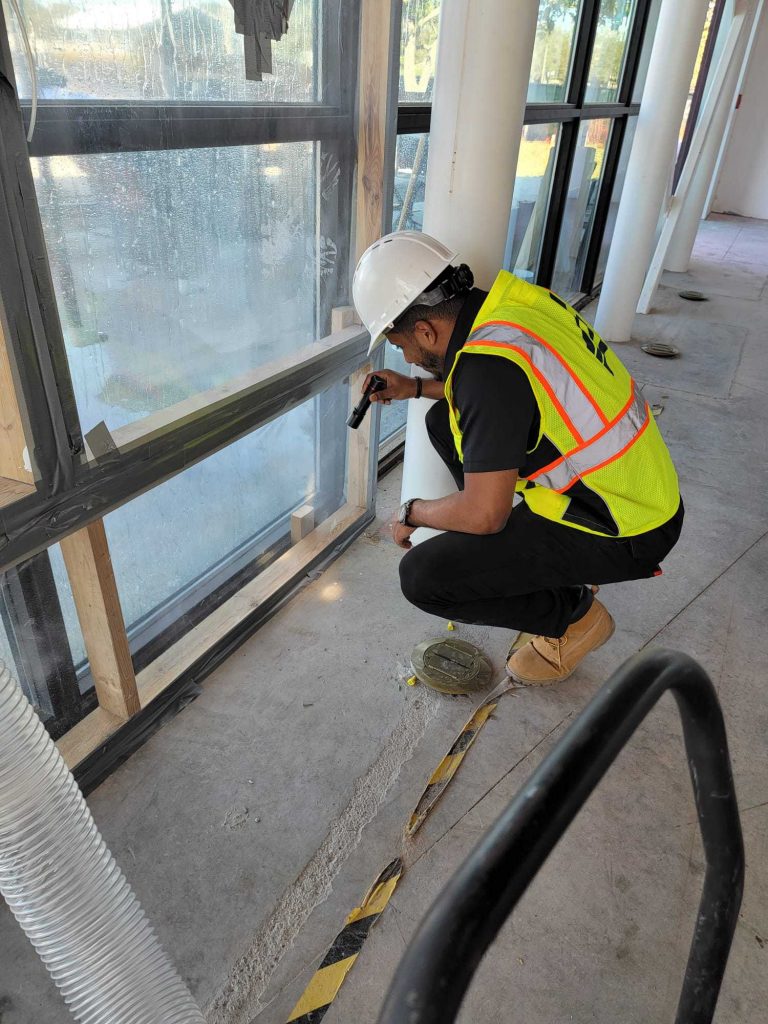Curtain Walls in construction: A Comprehensive Overview
Curtain walls are a defining feature of modern architecture, particularly in high-rise buildings and commercial structures. They are non-structural exterior wall systems that primarily serve to enclose the building and protect it from the elements. Unlike traditional walls that bear the structural load of the building, curtain walls are lightweight and are supported by the building’s frame. This allows for greater flexibility in design, the use of large expanses of glass, and improved energy efficiency.
What is a Curtain Wall?
A curtain wall is essentially an outer skin for a building, typically made of glass, metal panels, or stone veneer. It is designed to resist wind, rain, and other environmental forces, while also controlling light and heat transmission. Because it is non-structural, the curtain wall can be made of lighter materials than load-bearing walls, which can reduce construction costs and allow for more creative architectural designs.
Types of Curtain Wall Systems

There are several types of curtain wall systems, each with its own advantages and disadvantages:
Stick Systems: These are the most common type of curtain wall system. They are assembled on-site, with the frame members (mullions and transoms) installed first, followed by the infill panels (glass, metal, or stone). Stick systems offer flexibility in design and can be adapted to complex building shapes.
Materials Used in Curtain Walls
Curtain walls can be made from a variety of materials, including:
Glass: Glass is the most common material used in curtain walls, offering transparency, natural light, and aesthetic appeal. Different types of glass can be used, such as tempered glass, laminated glass, and insulated glass, depending on the performance requirements.

Advantages of Curtain Walls
Curtain walls offer several advantages in construction:
Design Flexibility: Curtain walls allow for large, uninterrupted expanses of glass, creating a modern and open look. They can also be adapted to complex building shapes and curves.
Disadvantages of Curtain Walls
Curtain walls also have some disadvantages:
Cost: Curtain wall systems can be more expensive than traditional wall systems, especially for complex designs or high-performance requirements.
Conclusion
Curtain walls are a popular choice for modern buildings, offering a combination of aesthetic appeal, performance, and design flexibility. They are an essential component of the building envelope, providing protection from the elements and contributing to the overall energy efficiency and sustainability of the building. While they may have some disadvantages, the benefits of curtain walls often outweigh the drawbacks, making them a valuable solution for architects and builders.
what is curtain wall in construction
